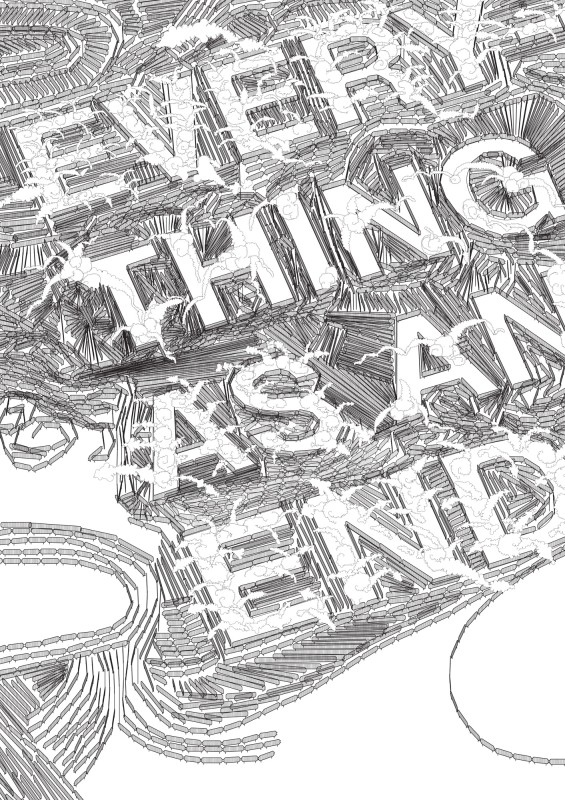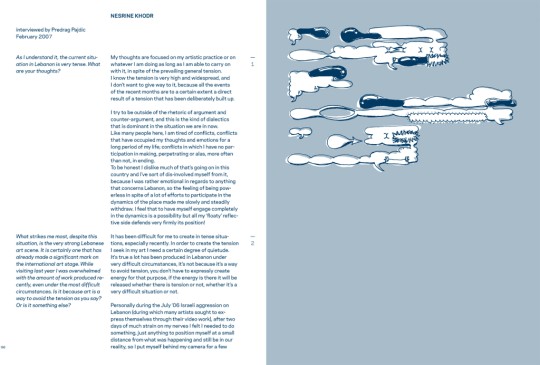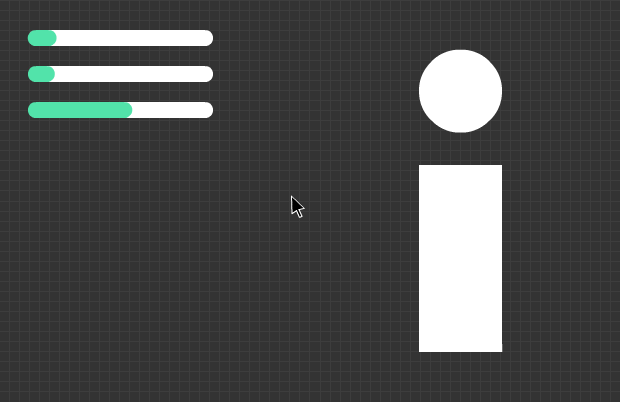« The illusion of completeness […]
The idea that anything can be achieved using dropdown menu and toolbox sidebar. »
—Crow, David.
« Magic box : craft and the computer »,Eye Magazine n o 70, hiver 2008, p. 25
« Function sets, software paradigms, and user scenarios are mapped out for each software project to ensure the widest possible usability, resulting in an averaged tool which skips the highs, lows, errors, and quirks. »
—Reinfurt, David.
« Making do and getting by », in : Kyes, Zak ; Owens, Mark. Forms of Inquiry : The Architecture of Critical Graphic Design, Architectural Association Publications, Londres, 2007, p. 132.
« The new computer-generated environment […] is a space […] where user-friendliness overrides the authority of the author. »
—Staples, Loretta.
« What happens when the edges dissolve ? », Eye Magazine n o 18, automne 1995.
« The problem-solving processes involved in a creative activity like design can be influenced in fundamental ways by the features of the tool provided .»
—Damle, Amod.
Influence of design tools on design problem solving. Thèse de philosophie, Colombus : Département Industrial and Systems Engineering, université d’État de l’Ohio, 2008.
« Pourquoi ne pas assumer cette influence et choisir un outil en fonction de son empreinte ? Ne faudrait-il pas s’interroger sur l’outil qu’il serait juste d’employer avant de se tourner machinalement vers son logiciel habituel ?
—Donnot, Kevin.
Code=Design, in Graphisme en France, Centre National des Arts Plastiques, 2012
« On peut alors envisager le design logiciel non plus comme une technique au sens réducteur du terme, mais comme partie intégrante du processus de design graphique. « La puissance créative, c’est écrire le code du filtre, c’est décider comment il marche, ce n’est pas l’utiliser. »
—Donnot, Kevin.
Code=Design, in Graphisme en France, Centre National des Arts Plastiques, 2012
« Plus les outils sont mûres, plus on va vite, mais plus ils sont fermés. »
—Bianchini, David.
Colloque « La place du design à l'université Paris-Saclay », 2014
« Les logiciels propriétaires d'écriture, de lecture, de mise en page, de traitement d'image et de sons, traduisent la pensée des firmes éditrices. Le code, en tant que structure de contrôle, contribue à définir ce qu'un utilisateur peut ou ne peut pas faire. C'est le cas de l'iPad, où les logiciels permettent à Apple de contrôler le circuit des e-books. »
—stdin.
www.stdin.fr, 2014
« écrire ses logiciels est un moyen de s’éloigner des solutions génériques. Les nouveaux outils sont synonymes de nouvelles opportunités. Les designers expérimentés savent qu’un logiciel tout prêt n’offre en aucun cas les qualités d’un logiciel sur mesure en tant que support d’expression et de communication. En créant de tels outils, uniques, les créateurs s’ouvrent de nouveaux horizons. »
—Casey Reas & Chandler McWilliams
Programmer avec..., in Graphisme en France, Centre National des Arts Plastiques, 2012
« Au lieu de travailler vers une image unique, on commence à penser en termes de possibilités d’un système. Concevoir un processus plutôt que son résultat final contraint celui qui le crée à rester très ouvert, à accepter de travailler avec des résultats inattendus et parfois, à adopter le produit final malgré quelques surprises. »
—Marcus Wendt
Programmer avec..., in Graphisme en France, Centre National des Arts Plastiques, 2012
« Deux types de rapport à l’ordinateur : la crainte d’une homogénéisation de la création, et le développement d’esthétiques nouvelles, " radicalement différentes ". »
—Anthony Masure
« Graphisme en numérique, entre certitudes et incertitudes », in Graphisme en France, Centre National des Arts Plastiques, 2014
« Graphic design now happens on and with a computer — we spend our working days in front of a screen where fundamental production processes are integrally tied to the features and methods of specific softwares… The designer who also knows about software can reclaim an intimate relationship with the production of their work by modifying, creating, intentionally misusing, extending and breaking existing programs. »
—David Reinfurt
« Making do and getting by », in : Kyes, Zak ; Owens, Mark. Forms of Inquiry : The Architecture of Critical Graphic Design, Architectural Association Publications, Londres, 2007, p. 132.
« Making the book models by hand is a design tool for me; it’s a necessity to make them as the book is in development. The process is like an architect making scale models of buildings. Once I’ve finished the models, I start to work on the design. I build the design in the book, not on the computer screen. »
—Irma Boom
« Book Builder: A Conversation with Irma Boom », http://www.designersandbooks.com/blog/book-builder-conversation-irma-boom
« Expert graphic designers are fluent in the generation and criticism of visual examples, rather than the ariculation of such abstract principles as if-then rules. However, a machine learning technique that holds promise for capturing the expertise of skilled provlem solvers in visual domain is " programming by example". In this technique, the designer constructs and edits examples using an interactive graphic interface, such as graphic editor for illustration or page layout. The system simultaneously records the designer's actions, using a symbolic procedural representation. The designer may then converse with the system, and work out ways to generalize actions to apply to future examples. »
—Muriel Cooper
Design Quarterly n°142 « Computer and Design », 1989, p.26-27
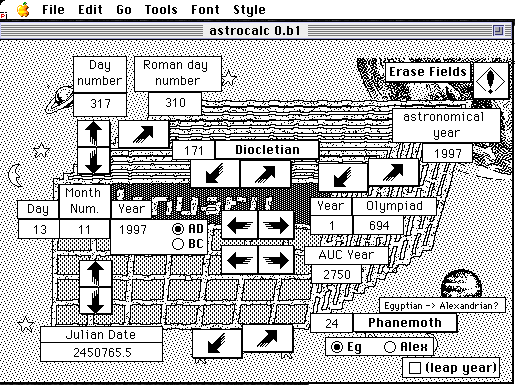
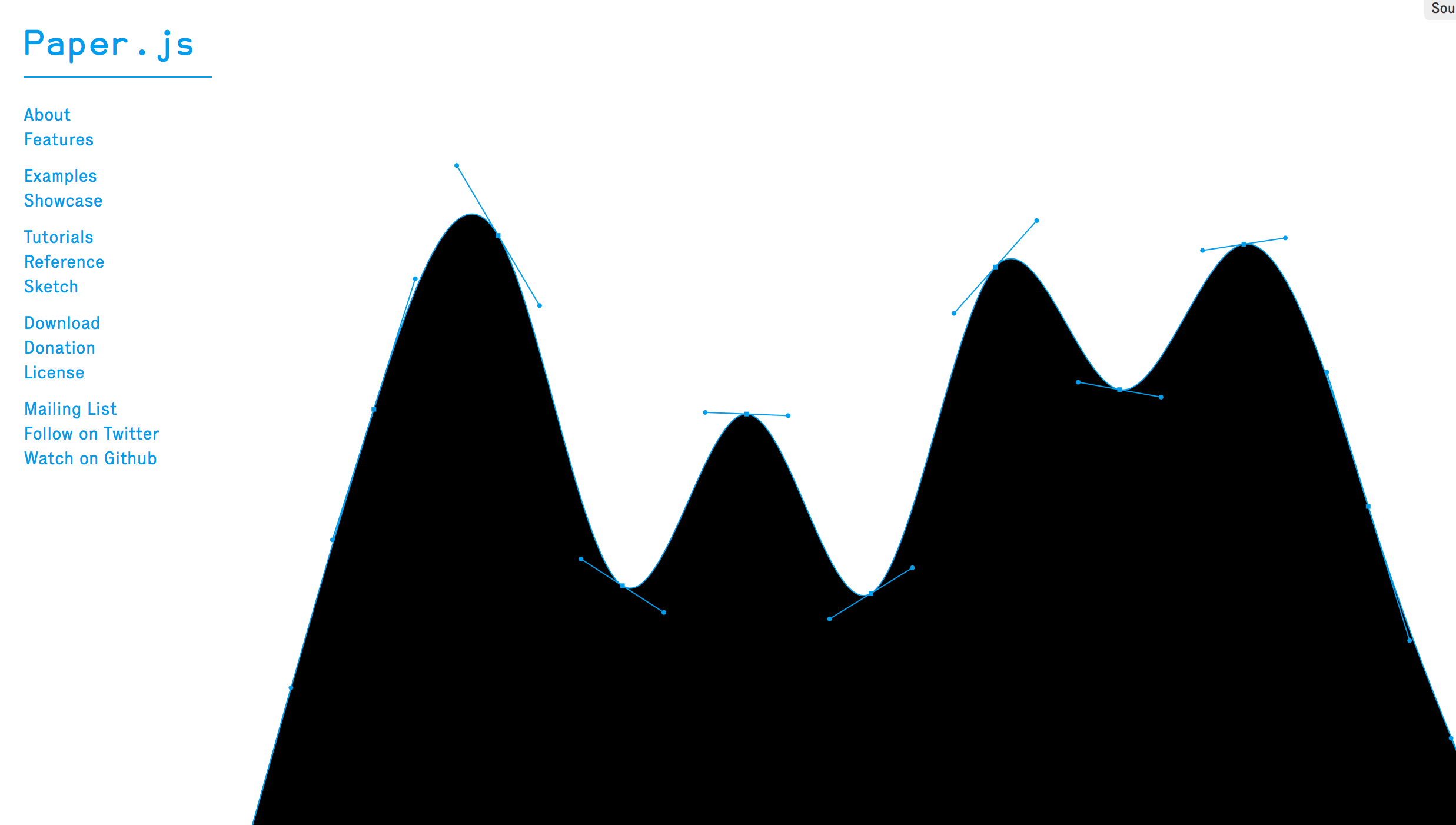



 — Bret Victor
— Bret Victor
